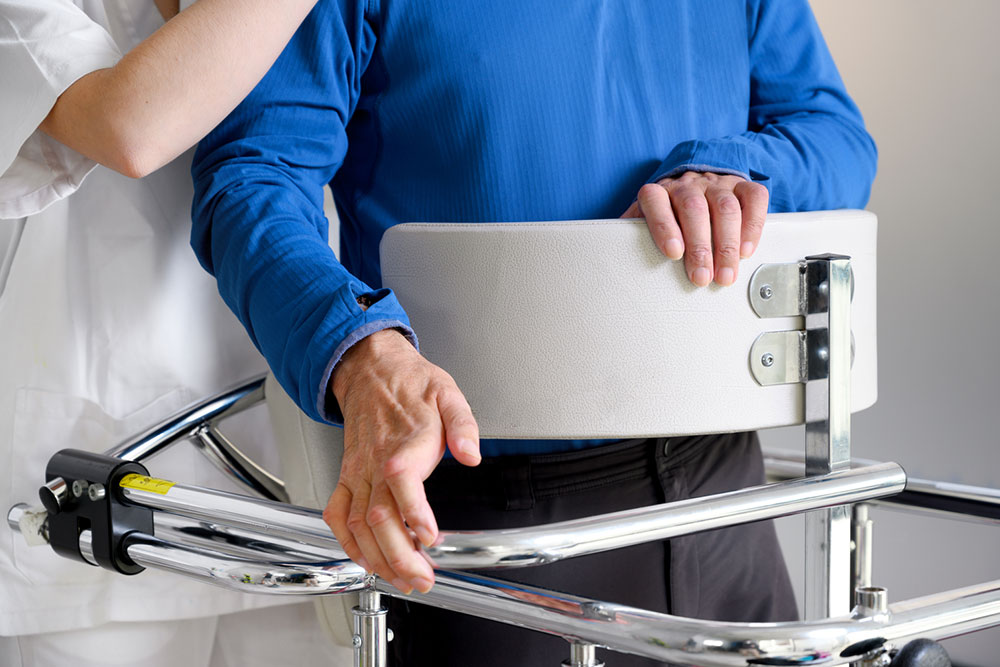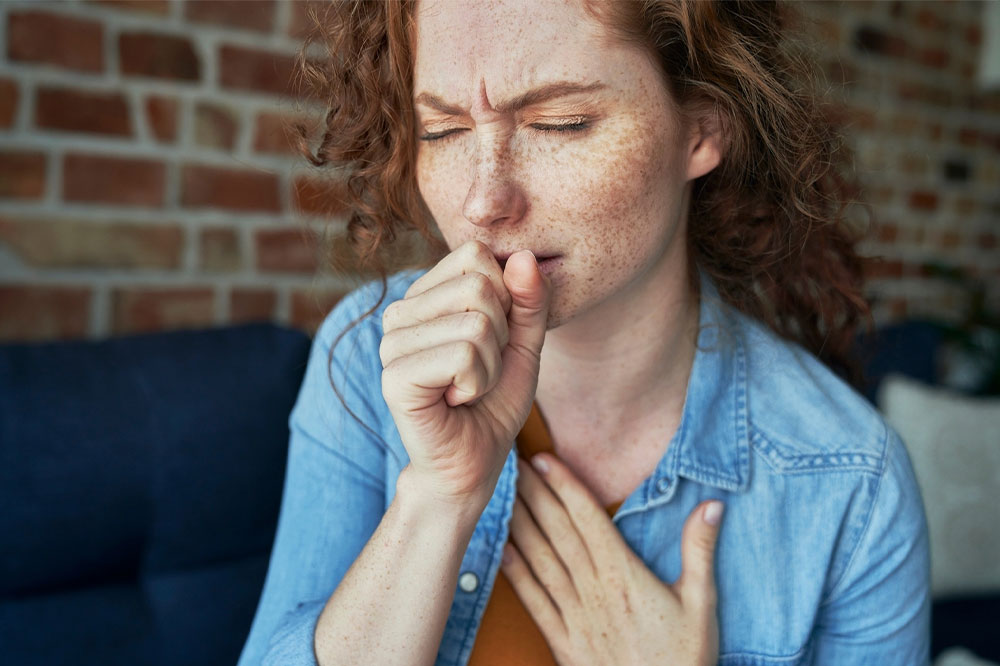9 household items that may harm lungs and cause COPD
Chronic Obstructive Pulmonary Disease (COPD) is a prevalent respiratory condition that poses a significant health challenge worldwide. While various factors are known to increase the risk of COPD, including individual habits and environmental influences, it’s crucial to acknowledge that the substances one encounters within one’s home can also aggravate the condition. Here is a list of household items and environmental factors that could harm lung health and contribute to COPD. Air fresheners Many air fresheners have volatile organic compounds (VOCs) that can irritate the respiratory system, potentially contributing to lung problems with prolonged exposure. One can consider natural, fragrance-free alternatives like potpourri or essential oil diffusers. Bleach Bleach is a powerful disinfectant commonly used for cleaning and disinfecting surfaces. When mixed with other household cleaners or used in poorly ventilated areas, bleach can release chlorine gas, irritating the respiratory system and posing a risk to lung health. One can instead use vinegar-based cleaning solutions for a safer option or check out non-toxic, eco-friendly alternatives in the market. Oven cleaners Oven cleaners, designed to tackle tough grease and food stains, often contain harsh chemicals like sodium hydroxide or lye. Inhaling the fumes released during oven cleaning can irritate the respiratory system, potentially leading to coughing, wheezing, and shortness of breath.
Read More 









